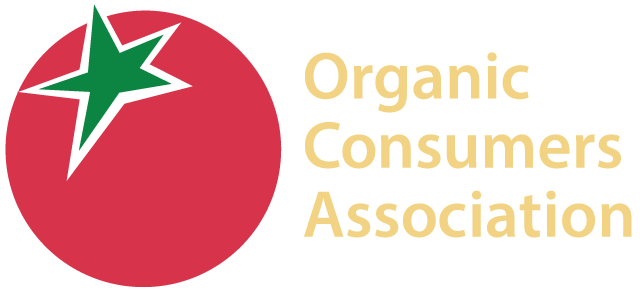What You’re Eating Could Make or Break Our Planet
Anna Lappe's new book, Diet for a Hot Planet: The Climate Crisis at the End of Your Fork and What You Can Do About It, may just be the most important book published this year.
April 5, 2010 | Source: AlterNet | by Jill Richardson
Anna Lappe’s new book, Diet for a Hot Planet: The Climate Crisis at the End of Your Fork and What You Can Do About It, may just be the most important book published this year. This past month, rising oceans buried New Moore Island, a tiny island in the Bay of Bengal that India and Bangladesh fought over for nearly 30 years. Closer to home, Massachusetts has suffered “two 50-year storms in the course of two or three weeks,” according to Governor Deval Patrick. That’s a reality check that the climate crisis has already caused tangible effects on our planet, with much more to come. Lappe’s book does not only expose how our current dominant methods of food production, processing, distribution and disposal significantly contribute to climate change; she also tells us how food production can actually mitigate climate change by sequestering carbon in the soil.
However, climate-friendly agriculture is a money-loser for currently powerful industries — agrochemicals, oil and meatpackers to name a few. Lappe debunks their spin, putting the lie to claims that people on earth would starve without Big Ag and factory farms. Instead she reveals the truth, based on well-documented science, on how agriculture can be part of the solution.
What is perhaps most striking is that Lappe’s book comes nearly 40 years after her mother’s classic, Diet for a Small Planet, which tackled the problem of world hunger. Even though they wrote about how to solve different problems through food and agriculture, their proposed solutions are the same. Perhaps that is more than a coincidence (especially since, as Lappe notes below, their advice on eating a plant-centered diet of whole foods is similar to dietary advice for good health).
Jill Richardson: What types of foods make up a “diet for a hot planet” — a diet that is conscious of the climate crisis and works to mitigate and prevent it?
Anna Lappe: In Diet for a Hot Planet I lay out seven principles of a climate-friendly diet, principles that can help guide us in the low-carbon direction in the face of forces thwarting us.
It turns out the principles for reducing your carbon “foodprint” sound a lot like those to choose for your health: eat fresh foods, lots of fruits and veggies, go for organic and minimally processed fare. I like to stress what I’m talking about is a plant-centered diet, one that can be complemented with vegetarian or non-veggie sources of protein. After all, you could be chowing Gimme Lean for breakfast, a Twinkie and Fakin’ Bacon for lunch, and French fries and other non-meat junk food and such a diet wouldn’t be good for your body, your waistline, or the planet, either.
A key part of the core message is that it matters how your food was made. The less processed the foods are, of course, the less energy used to produce it. And meat, particularly that raised in factory farms is many times more carbon-intensive than produce and vegetarian sources of protein. A Cornell study, for instance, found that meeting the annual dietary needs of a typical meateater in New York State requires nearly five times as much farmland as that of a plant-centered eater.
Organic farming is also proving to dramatically reduce on-farm emissions as well as related emissions associated with producing food. Cut out synthetic fertilizer and on-farm petroleum-based chemicals and you’re cutting back on significant greenhouse gases.
But knowing how your food was made is easier said than done. Many of the biggest players in our food system conspire to keep us in the dark about the sources of the ingredients in most of the food we eat. To truly know the provenance of most of our food can require Sherlock Holmes-esque sleuthing.
